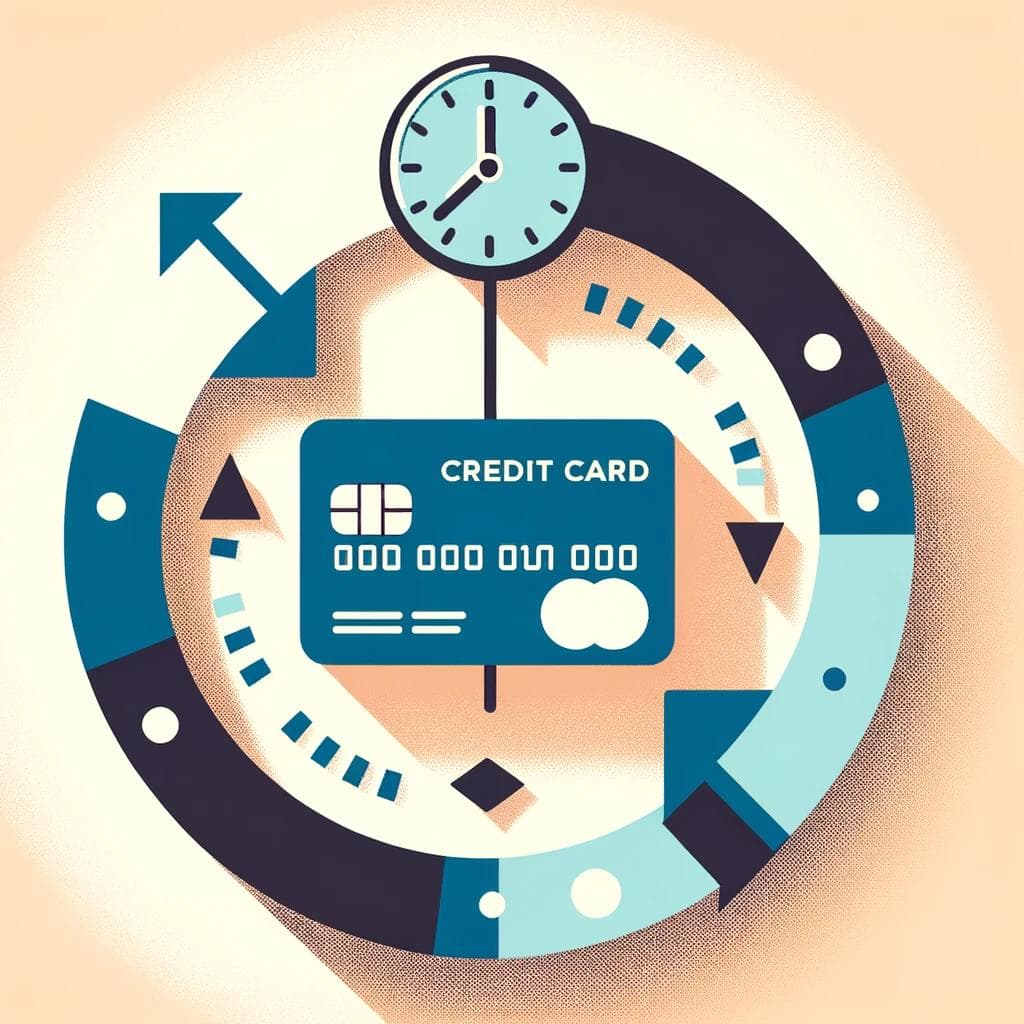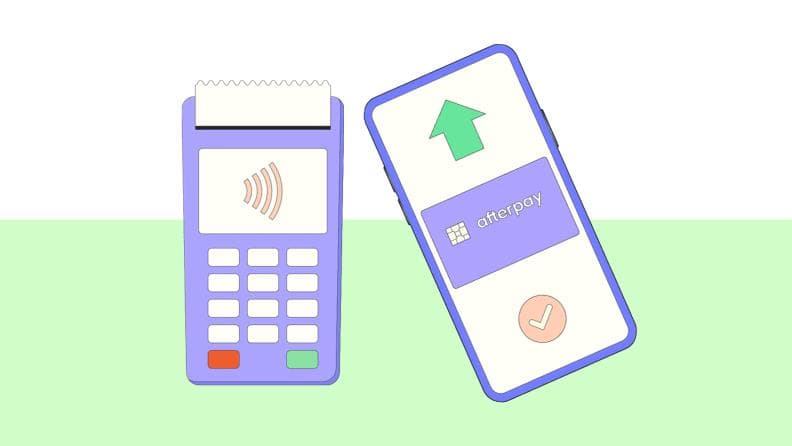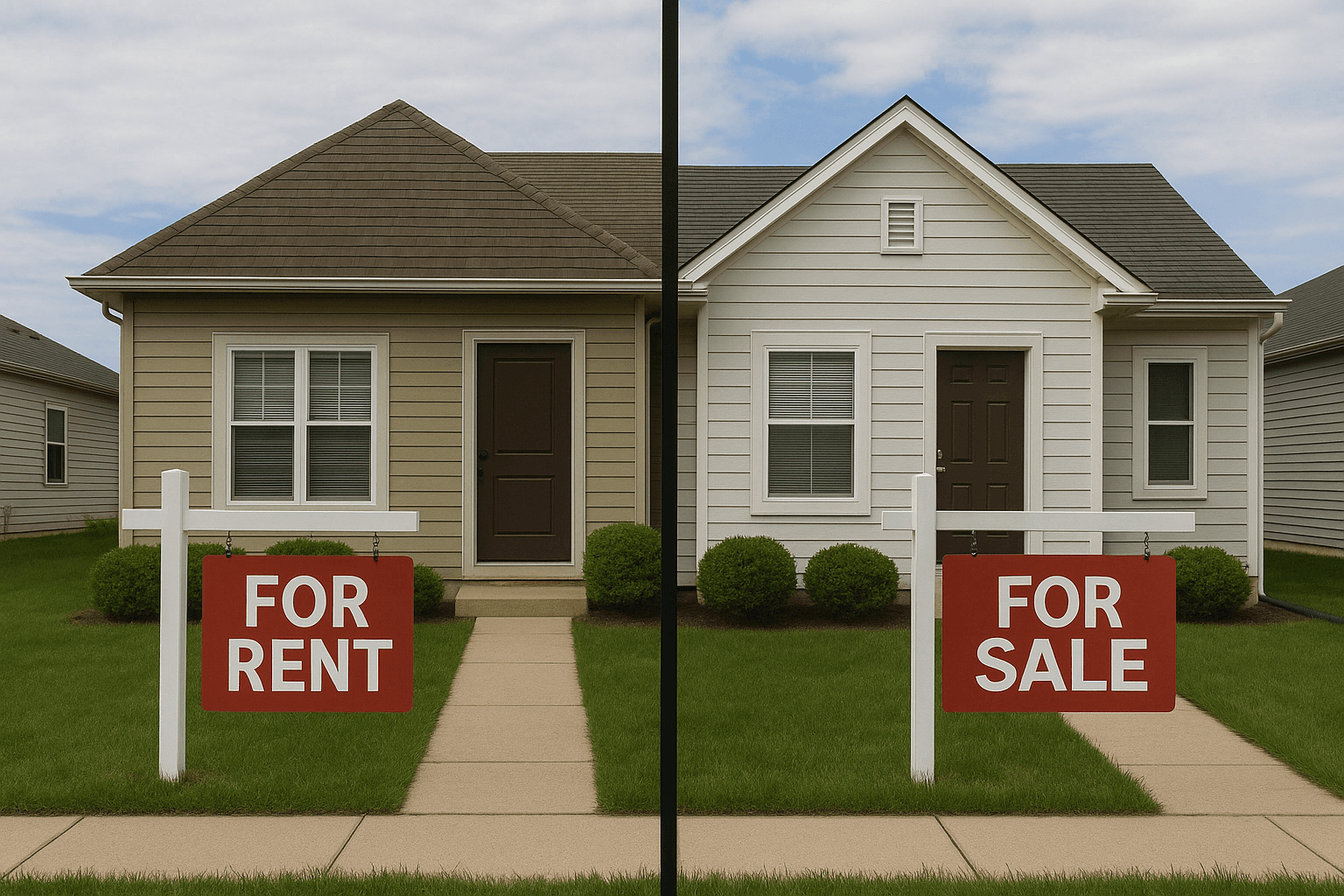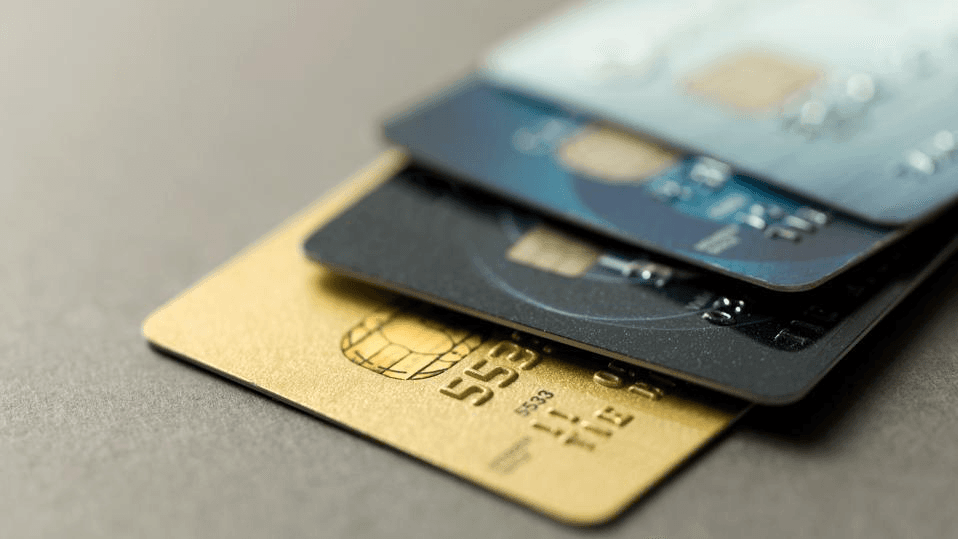
In the contemporary landscape of consumer finance, the "Buy Now, Pay Later" (BNPL) model is swiftly carving out a niche, offering a flexible alternative to the longstanding debate between immediate gratification and the virtue of saving. As consumers, we're frequently faced with the decision of how to finance our purchases, particularly when confronted with the options of BNPL services versus the tried-and-true credit cards. This comparison aims to delve deeper into the characteristics, benefits, and considerations of each payment method, supported by industry insights and statistics, to help you make informed financial decisions.
Unpacking BNPL
The BNPL sector, epitomized by platforms such as Afterpay, Klarna, and Affirm, has seen explosive growth. A cornerstone of BNPL's appeal is its offer to defer payments into smaller, more manageable installments, typically without interest. This model has resonated with 60% of consumers aged 18-34, who have used a BNPL service, drawn to its ease of use and minimal upfront costs.

BNPL's simplicity is another draw; often, all that's required is a soft credit check, making it an accessible option for those with limited or no credit history. This inclusivity has led to BNPL transactions soaring, with forecasts predicting the global market could reach $680 billion in transaction volume by 2025.
However, BNPL is not without its pitfalls. Missed payments can lead to fees, and while the services are often interest-free, they can encourage overspending by disconnecting the purchase from the immediate financial impact.
The Enduring Appeal of Credit Cards
Credit cards, meanwhile, offer a broader spectrum of benefits beyond just delayed payment. Rewards such as cash back, points, and travel miles can add significant value to regular spending, making them a favored choice for many. Additionally, credit cards can have a positive impact on your credit score when used responsibly, by contributing to your credit history and demonstrating your creditworthiness to lenders.

Despite these advantages, credit cards come with their caveats. Interest rates can quickly turn manageable balances into overwhelming debt, particularly for those who only make minimum payments. Moreover, the potential for high fees and the temptation to overspend can lead to financial strain.
BNPL vs. Credit Cards: The Comparative Landscape
- Accessibility: BNPL services are notably more accessible, particularly to younger consumers or those with a "thin" credit file. This demographic often finds traditional credit hard to come by, making BNPL an attractive entry point into credit.
- Impact on Credit Score: Credit cards, when managed well, can bolster your credit score, offering a pathway to more favorable borrowing terms in the future. BNPL, by contrast, typically doesn't affect your credit score—unless you miss payments, which could then be reported to credit bureaus and negatively impact your credit.
- Consumer Protections: Credit cards generally offer more robust consumer protections, including dispute resolution and fraud protection. These features make credit cards a safer option for many types of purchases, especially larger ones or transactions where there's a significant risk of needing a refund or return.
- Flexibility and Rewards: Credit cards outshine BNPL in terms of flexibility and rewards, offering a range of benefits that can be tailored to different spending habits and preferences. The versatility of credit cards extends beyond retail purchases to include services like travel bookings and dining, areas where BNPL is typically not an option.
Navigating the Choice
Deciding between BNPL and credit cards hinges on several factors, including your financial discipline, credit goals, and spending habits. BNPL can be a smart choice for specific, one-time purchases where you can take advantage of interest-free installments. On the other hand, credit cards offer more long-term benefits for those who are diligent about payments and looking to build their credit history.
It's worth noting that the rise of BNPL doesn't signal the demise of credit cards; rather, it represents an expansion of consumer choice. As of 2021, credit card usage remains robust, with 83% of Americans reporting they have at least one credit card.
In Conclusion
Both BNPL and credit cards have their place in a well-rounded financial toolkit, each offering unique advantages and considerations. By understanding the nuances of each and aligning them with your financial goals and habits, you can leverage these tools to not only facilitate your immediate spending needs but also to support your broader financial health.
Disclaimer: The content provided in this article is for informational purposes only and does not constitute formal financial advice. While efforts have been made to ensure accuracy, readers are advised to conduct their own research and consult with a professional financial advisor before making any financial decisions. ClearCred is not responsible for any actions taken based on the information provided in this article.
Continue Reading
Discover more financial insights and tips

Buying vs. Renting in Today's Housing Market: Why Homeownership Prevails
In today's ever-evolving housing market, the age-old debate between buying and renting continues to challenge potential homeowners. While both options have their merits, recent data increasingly supports homeownership as a financially sound decision for many Americans.

Frank DiGiacomo

The Debt Trap No One Talks About
Minimum payments are designed to keep you in debt longer, maximizing profits for credit card companies while minimizing your financial progress. Let's explore the true cost of this common practice and how it impacts your long-term financial health.

Frank DiGiacomo
